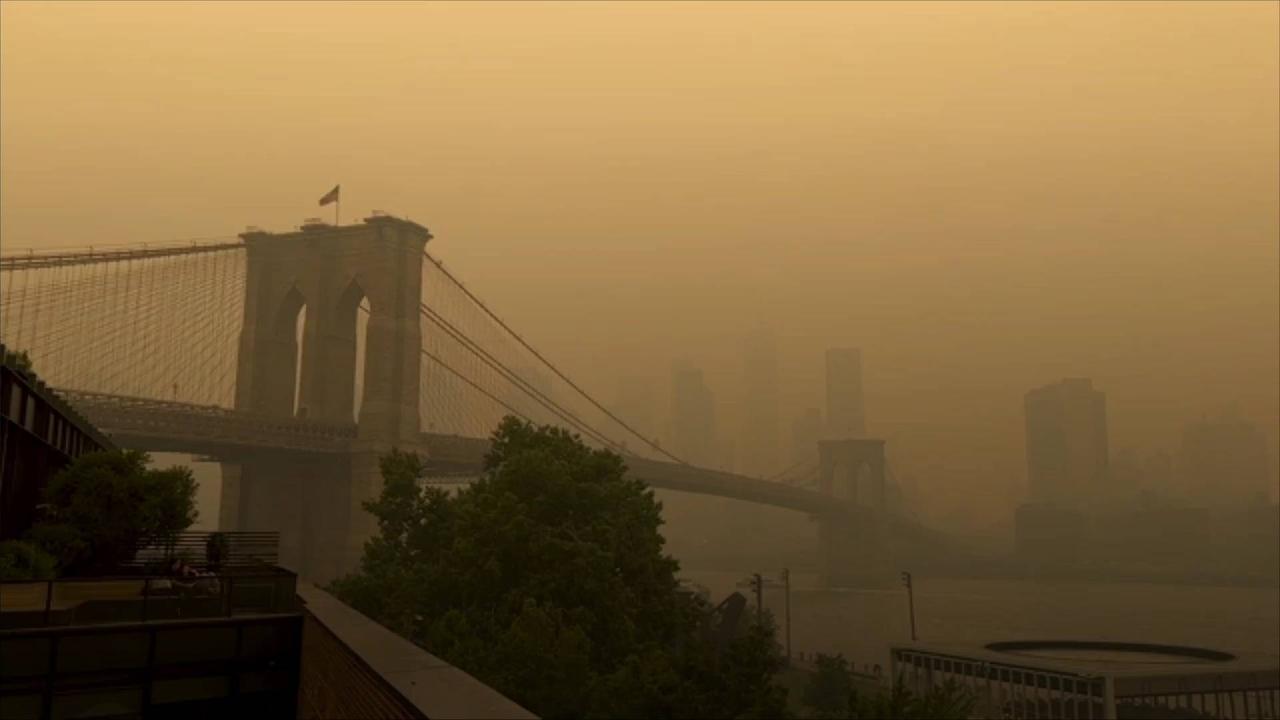
Many Cities Around the World , Face Dangerous Air Quality Every Day.
'The Independent' reports that nearly the entire world experiences air quality exceeding the World Health Organization's healthy limits.
.
According to the WHO, most of the 4.2 million deaths attributed to outdoor air pollution in 2019 occurred in developing or recently industrialized nations.
Air pollution has no boundaries, and it is high time everyone comes together to fight it, Bhavreen Kandhari, Co-founder of Warrior Moms in India, via 'The Independent'.
What we are seeing in the U.S. should shake us all, Bhavreen Kandhari, Co-founder of Warrior Moms in India, via 'The Independent'.
According to air quality company IQAir, nine out of ten cities with the highest annual levels of dangerous fine particulate matter were in Asia.
.
According to air quality company IQAir, nine out of ten cities with the highest annual levels of dangerous fine particulate matter were in Asia.
.
On June 8, a hazardous haze impacted the northeastern U.S. and millions of people across the region.
.
Jeremy Sarnat, a professor at Emory University's Rollins School of Public Health, points out that these dangerous conditions are every day concerns in other countries.
Jeremy Sarnat, a professor at Emory University's Rollins School of Public Health, points out that these dangerous conditions are every day concerns in other countries.
This is a severe air pollution episode in the U.S. But it’s fairly typical for what millions and millions of people experience in other parts of the world, Jeremy Sarnat, Professor of environmental health at Emory University's Rollins School of Public Health, via 'The Independent'.
This is a severe air pollution episode in the U.S. But it’s fairly typical for what millions and millions of people experience in other parts of the world, Jeremy Sarnat, Professor of environmental health at Emory University's Rollins School of Public Health, via 'The Independent'.
In 1970, the U.S. passed the Clean Air Act, setting limits on many sources of air pollution, with regulations aimed at curbing soot, smog, mercury and other hazardous chemicals.
In 1970, the U.S. passed the Clean Air Act, setting limits on many sources of air pollution, with regulations aimed at curbing soot, smog, mercury and other hazardous chemicals.
'The Independent' reports that developing nations often have little to no regulation and suffer increased air pollution from a number of sources
